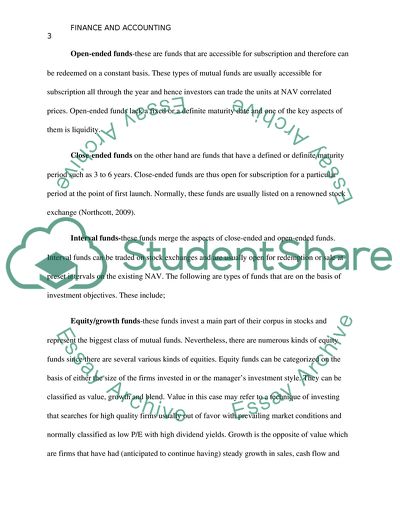Cite this document
(“The relevance of Mutual Funds & their development over time Literature review”, n.d.)
The relevance of Mutual Funds & their development over time Literature review. Retrieved from https://studentshare.org/finance-accounting/1683504-the-relevance-of-mutual-funds-their-development-over-time
The relevance of Mutual Funds & their development over time Literature review. Retrieved from https://studentshare.org/finance-accounting/1683504-the-relevance-of-mutual-funds-their-development-over-time
(The Relevance of Mutual Funds & Their Development over Time Literature Review)
The Relevance of Mutual Funds & Their Development over Time Literature Review. https://studentshare.org/finance-accounting/1683504-the-relevance-of-mutual-funds-their-development-over-time.
The Relevance of Mutual Funds & Their Development over Time Literature Review. https://studentshare.org/finance-accounting/1683504-the-relevance-of-mutual-funds-their-development-over-time.
“The Relevance of Mutual Funds & Their Development over Time Literature Review”, n.d. https://studentshare.org/finance-accounting/1683504-the-relevance-of-mutual-funds-their-development-over-time.


